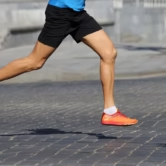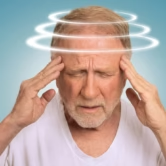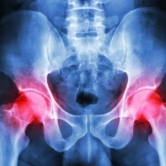Osteoarthritis
Table of content: What is Osteoarthritis? What is the difference between osteoarthritis and arthritis? What are the symptoms of osteoarthritis? What are the 4 stages of osteoarthritis? What are the treatment options for osteoarthritis? 1. Osteoarthritis – What is it? How does it develop? Osteoarthritis is a chronic condition that…





